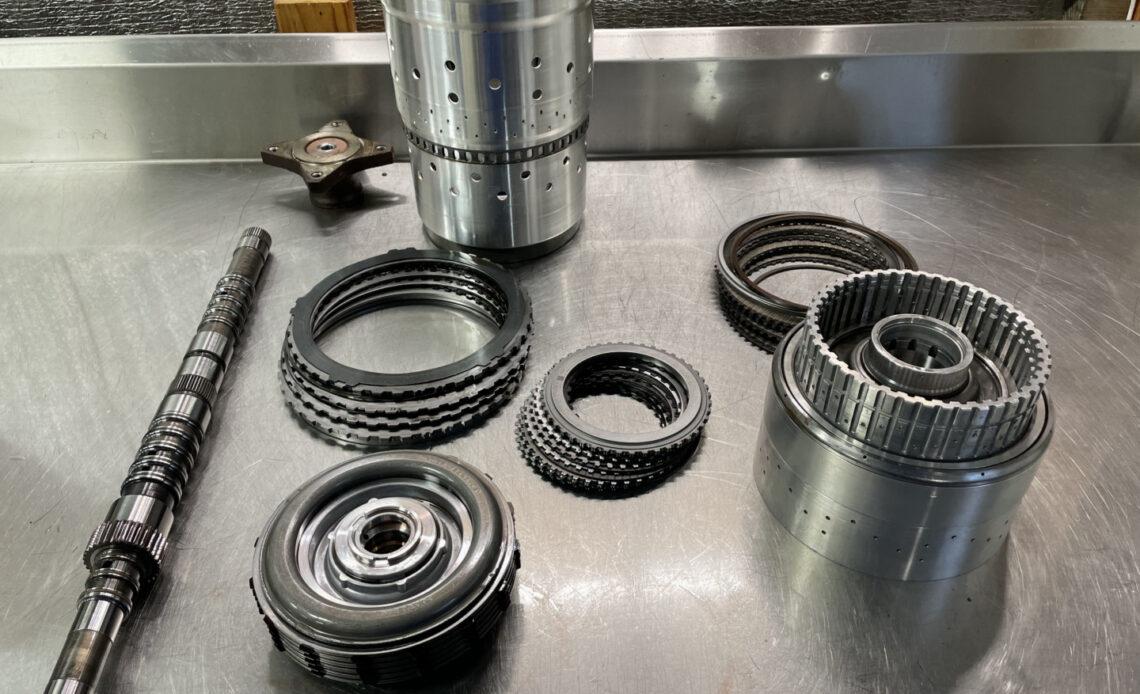When it comes to modern transmissions, most owners view them as pure mechanical sorcery. It’s a rarity for a 10R80 to be rebuilt by the DIY mechanic. While the ability to make big power comes easily on a Coyote-equipped S550 Mustang or F-150, the ability to hold that power begins to diminish when forced induction is applied. We sat down with Johnny Brady of Brady Performance to gain some insight into the magical 10R80, where its boundaries are, and what you can do to make your 10-speed transmission last.
Ford Muscle (FM): The 10R80 transmission has been touted as the ultimate transmission by modern Mustang lovers, but what parts do you see failing?
Johnnie Brady (JB): The parts that fail the most on the 10R80 are the E and F clutches. The E and F clutches are the overdrive ones and have the least amount of torque multiplication, and this makes them inherently the weakest.
FM: Is there anyone that makes a better clutch pack to resolve this issue?
JB: I like the way Suncoast Performance does its rebuild kit using Raybestos Powertrain GPZ frictions. Instead of thinning the steels, Suncoast Performance is machining the drum to allow you to run its thicker-than-OEM steels, and still have room for one additional friction and steel. This process allows the clutch pack to be stronger and last longer. Whereas, if you thin the steels to create room for more, it won’t hold up to the heat and will eventually warp.
FM: At what power levels do you start to see these clutches fail?
JB: Stock clutches are holding up to around 700 horsepower. Once you approach the 750 horsepower mark or higher, then I would upgrade the clutch count and rebuild the transmission.
FM: What products are you using to rebuild the 10R80?
JB: We use a Ford factory seal kit, Suncoast Performance steels, Raybestos Powertrain GPZ frictions, and Ford Mercon ULV fluid. I always use the Raybestos Powertrain GPZ…
Click Here to Read the Full Original Article at DragzineDragzine…


